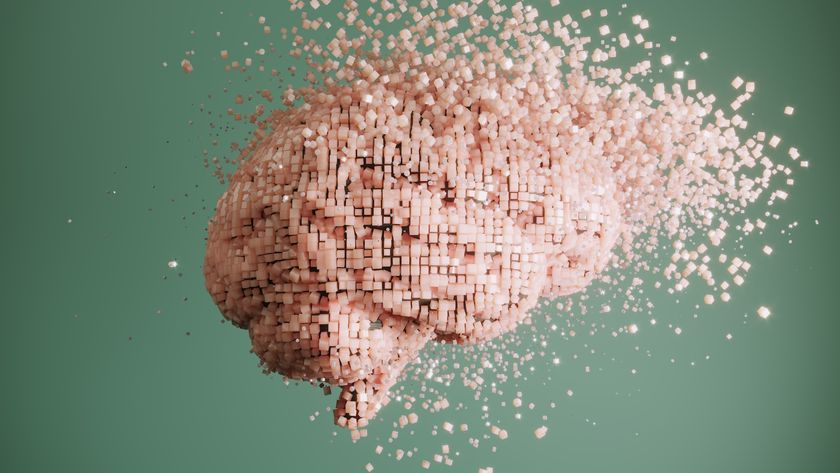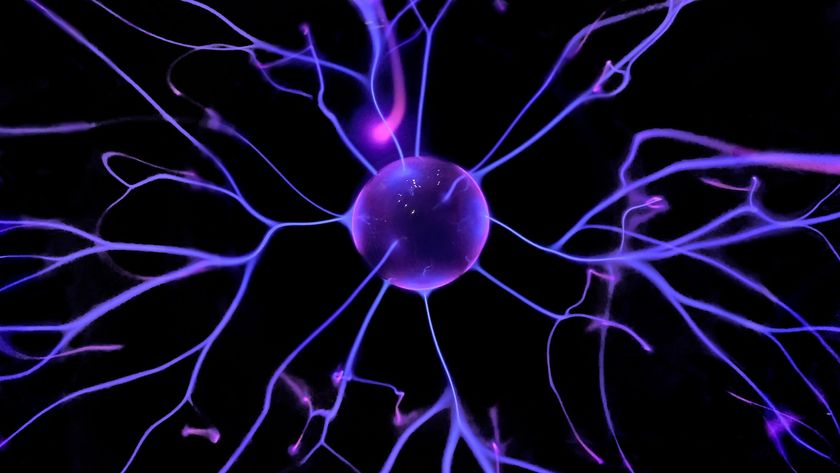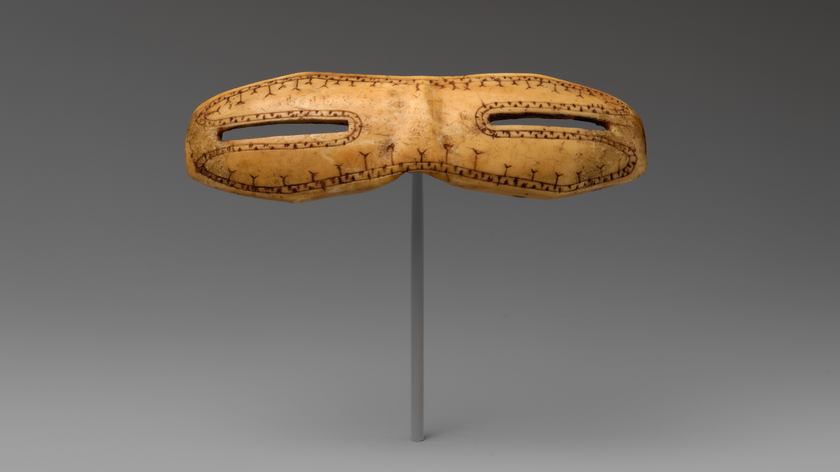Why Faces of Other Races Look Alike

The brain works differently when memorizing the face of a person from one's own race than when attempting to remember the face of someone of another race, new biological evidence suggests.
The well-documented "other-race effect" finds that people are less likely to remember a face from a racial group different from their own. Northwestern University researchers set out to determine what causes this rift in perception and memory by using electroencephalogram (EEG) recordings, which measure brain activity, while participants viewed photos of various faces.
The researchers found that brain activity increases in the very first 200 to 250 milliseconds when seeing both same-race and other-race faces. Previous research has associated this very early phase, known as the N200 brain potential, with the perceptual process of individuation. That process involves making out the unique facial features of each person, such as the shape of their eyes and nose. [10 Things You Didn't Know About the Brain]
However, the amplitude of that increased brain activity only predicts whether an other-race face, not a same-race face, is later remembered, the Northwestern University study showed.
"There appears to be a critical phase shortly after an other-race face appears that determines whether or not that face will be remembered or forgotten," Heather Lucas, the study's lead author, said in a statement.
The researchers asked 18 white study participants to view and remember several same-race faces. Minutes later, the participants were given a recognition test that included some of those same faces, other-race faces and new same-race faces.
The N200 waves were large for all same-race faces, regardless of whether or not they later were successfully remembered. In contrast, N200 waves were larger — suggesting greater brain activity in certain regions — for other-race faces that were remembered than for other-race faces that were forgotten. This finding suggests the individuation process of noticing distinguishing features of a face didn't kick in for some other-race faces.
Sign up for the Live Science daily newsletter now
Get the world’s most fascinating discoveries delivered straight to your inbox.
As for why unique features are harder to recognize in other-race faces, the researchers theorize that many people simply have less practice seeing and remembering other-race faces. Their brains may be less practiced at seeking out the facial information that distinguishes other-race faces from one another.
Another possibility is "social categorization," or the tendency to group others into social categories by race, according to the researchers.
"Prior research has found that when we label and group others according to race, we end up focusing more on attributes that group members tend to have in common — such as skin color — and less on attributes that individuate one group member from others," Lucas said.
As a result, smaller N200 brain amplitudes when seeing other-race faces, especially those that were not remembered later, could indicate that the participant paid more attention to the the race-specifying features of the faces than each individual's unique facial features.
You can follow LiveScience writer Remy Melina on Twitter @remymelina. Follow LiveScience for the latest in science news and discoveries on Twitter @livescience and on Facebook



